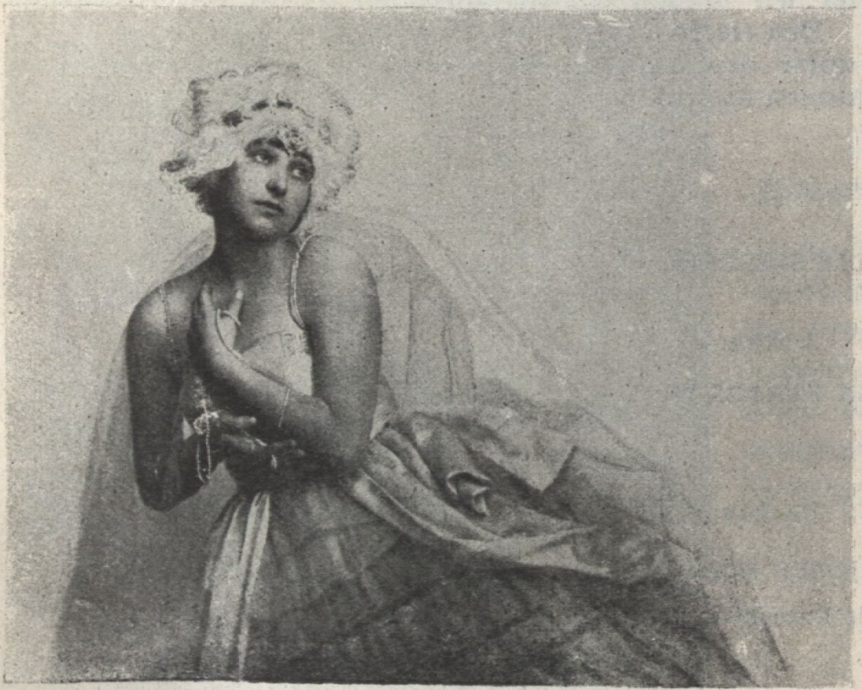
In a truly remarkable rediscovery, one of the last portraits painted by Gustav Klimt has emerged after nearly a century. While still at work on the canvas, Klimt suffered a stroke and died in early 1918. The painting was in his studio at the time and was presumably subsequently returned to the family who commissioned it. That’s where the plot thickens, as will be discussed below. But Portrait of Fraulein Leiser itself, in all its glorious color, is the real story, for it has been known only in a simple black-and-white photograph since about 1925. It will be auctioned in Vienna on April 24 by the Austrian house im Kinsky, which plans to have it displayed internationally before then, including in Switzerland, Germany, Britain, and Hong Kong, and has produced an in-depth catalogue devoted to it, from which our information is taken.

Austria’s pre-eminent modernist painter, Klimt is best known for his portraits of women from the higher echelons of Viennese society—most famously, of course, Adele Bloch-Bauer, whose likeness, known as the “Woman in Gold,” is today in the Neue Galerie in New York. The newly rediscovered portrait, which has sat quietly in a private Austrian collection since the 1960s, displays the intense coloring of Klimt’s late work. The sketched elements in the shimmering red background suggest that the artist may have planned to embellish it further, though this cannot be determined for sure.
Klimt recorded in his sketchbook that he received two payments of five thousand kronen each in the spring of 1917 for the portrait. The subject visited the studio some nine times, and numerous preliminary drawings exist. In the most recent Klimt catalogues raisonnés, Alfred Weidinger’s Klimt (2007) and Tobias Natter’s Gustav Klimt: The Complete Paintings (2012), the sitter is identified as Margarethe Constance Lieser, the eighteen-year-old daughter of Adolf Lieser, a wealthy Austrian industrialist. But no records survive of the painting’s distribution after the artist’s death and no documentation ties the commission specifically to Adolf.
Indeed, the painting’s spectacular recent reappearance has led to new research and a possible alternative storyline. In 1926 the work is believed to have been included in the Klimt retrospective held at Otto Nirenstein’s Neue Galerie in Vienna, and the single black-and-white photograph dates from about this time. Here’s where the plot thickens: the registrar’s card for the photo in the Austrian National Library reads: “Gustav Klimt, Damenportrait (Frl. Lieser) Gemälde. ANM.: 1925 in Besitz von Frau Lieser, IV., Argentinierstrasse 20,” or, in essence, that the portrait of Miss Lieser belonged in 1925 to a Mrs. Lieser, whose address was 20 Argentinierstrasse. The Frau Lieser at that address was not Adolf’s wife, but rather the divorced wife of his brother Justus, Henriette Landau Lieser, a woman deeply involved in the arts in Vienna at the time. Her two daughters by Justus (Helene, born in 1898, and Annie, born in 1901) lived with her, opening up the possibility that one of them was the subject of the painting. Annie, who became a celebrated expressive dancer, is the only one of the three cousins known in a photograph. Beautiful? Yes, like the sitter in the portrait, but one and the same?
Alas, there is no documentation of the work’s whereabouts after the 1926 exhibition (except vague references to its being on the art market) until it was acquired by distant relatives of the current owners in the 1960s, nor, in fact, of how they came into its possession. Exhaustive research shows that it was not seized by the Nazis, nor is there any evidence that it ever left Austria. Given the certain uncertainty of the sitter’s identity, it is being auctioned on behalf of the current private owners and the legal successors of both Adolf and Henriette Lieser.

